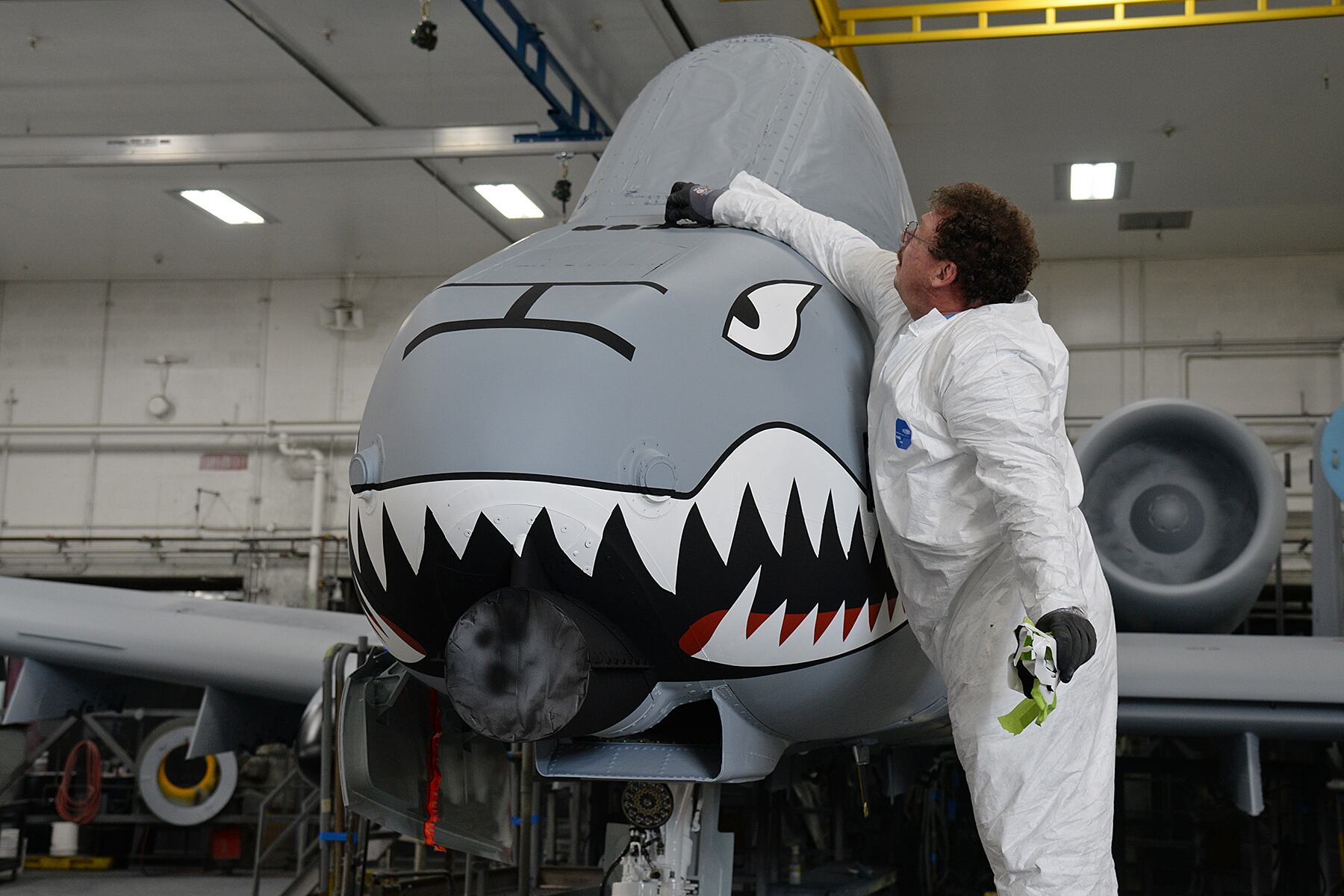WASHINGTON — As Navy and Army leaders jostle for a bigger piece of the Defense Department budget, the Air Force’s top general doesn’t want to get sucked in the drama.
The Defense Department is weeks before the unveiling of its fiscal year 2021 budget, tentatively set for Feb. 10. But while other military officials are making the case for increased spending on their service, Air Force Chief of Staff Gen. Dave Goldfein seemed resigned to the fact that the Air Force will have to make sacrifices in order to have the money for investments the service sees as critical for maintaining its technological edge against China and Russia.
“Budget paranoia is a service core competency,” joked Air Force Gen. Dave Goldfein during a Center for a New American Security event.
“Do we need more resources than we have? Absolutely yes. Would I be offering the legacy capabilities to buy the future if I didn’t have to [in order] to balance the books? No. I wouldn’t be asking combatant commanders to take a real-time, near-term risk if we had the resources to do it.”
Goldfein’s comments follow statements by Chief of Naval Operations Adm. Michael Gilday and Army Secretary Ryan McCarthy, who argued earlier this month that the Navy and Army needed to have larger percentages of the Defense Department’s budget to meet the demands set forth by the Trump administration.
The two-year budget deal from last summer called for $740 billion in defense spending for FY21, but the Defense Department has not disclosed whether it will mold its budget to that topline.
Gilday said that while the Pentagon usually divides its funding roughly equally among the departments of the Army, Navy and Air Force, the Navy needs a greater share to meet its obligations.
“Here’s the deal: We need more money,” Gilday said Jan. 14 at the Surface Navy Association’s annual conference. “If you believe that we require overmatch in the maritime domain, if you believe that in order to execute distributed maritime operations and to operate forward in numbers now that we need more iron, then, yes, we need more top line.”
A day later, McCarthy shot back, saying that the Army actually gets a smaller portion of the budget than the other services despite handling 60 percent of combatant commanders’ requirements.
“The actual math is the Army gets 24 percent [of the budget], and we [actually] have less than 24 percent — it’s really 22 percent because 2 percent of our margin is [spent] to finance operations in the Middle East," McCarthy said at a Jan. 15 Defense Writers Group breakfast, according to Military.com.
But asked why the Air Force needed a bigger share, Goldfein said he preferred not to jump into the debate.
“I’ve been in the business too long to see that when you start going after each other, it rarely produces much value,” he said.
Goldfein acknowledged that there was a “tension” to budget negotiations as the Air Force finalizes its proposal. Service leaders have been clear that the Air Force is prepared to divest legacy aircraft to make investments in key priorities like joint all domain command and control (JADC2), even though such changes could raise the ire of members of Congress.
RELATED

While officials have stressed that the beloved A-10 Warthog would stay in service until at least 2030, other legacy platforms such as the KC-10 and B-1 are potentially on the chopping block. In November, Foreign Policy reported that the Air Force was specifically considering the retirement of its fleet of RQ-4 Global Hawk high-altitude surveillance drones.
“What we put on the table has near-term risk — that’s real risk, near-term,” Goldfein said. “The easy decisions are long gone. Now what’s left on the table is near-term risk versus the future capability kind of fight that the national defense strategy tells us we have to prepare for.”
Combatant commanders, who oversee ongoing operations across the globe, at times raised objections to the cuts put forth by the Air Force, saying that they couldn’t accept the risk. Goldfein said he personally worked with those individuals, trying to explain to them why Air Force leaders believed the service needed to make reductions in order to keep its future priorities on track.
“We didn’t get everything we put on the table. Some was walked back,” he said. “But we got a lot of what we put on the table.”
Valerie Insinna is Defense News' air warfare reporter. She previously worked the Navy/congressional beats for Defense Daily, which followed almost three years as a staff writer for National Defense Magazine. Prior to that, she worked as an editorial assistant for the Tokyo Shimbun’s Washington bureau.








